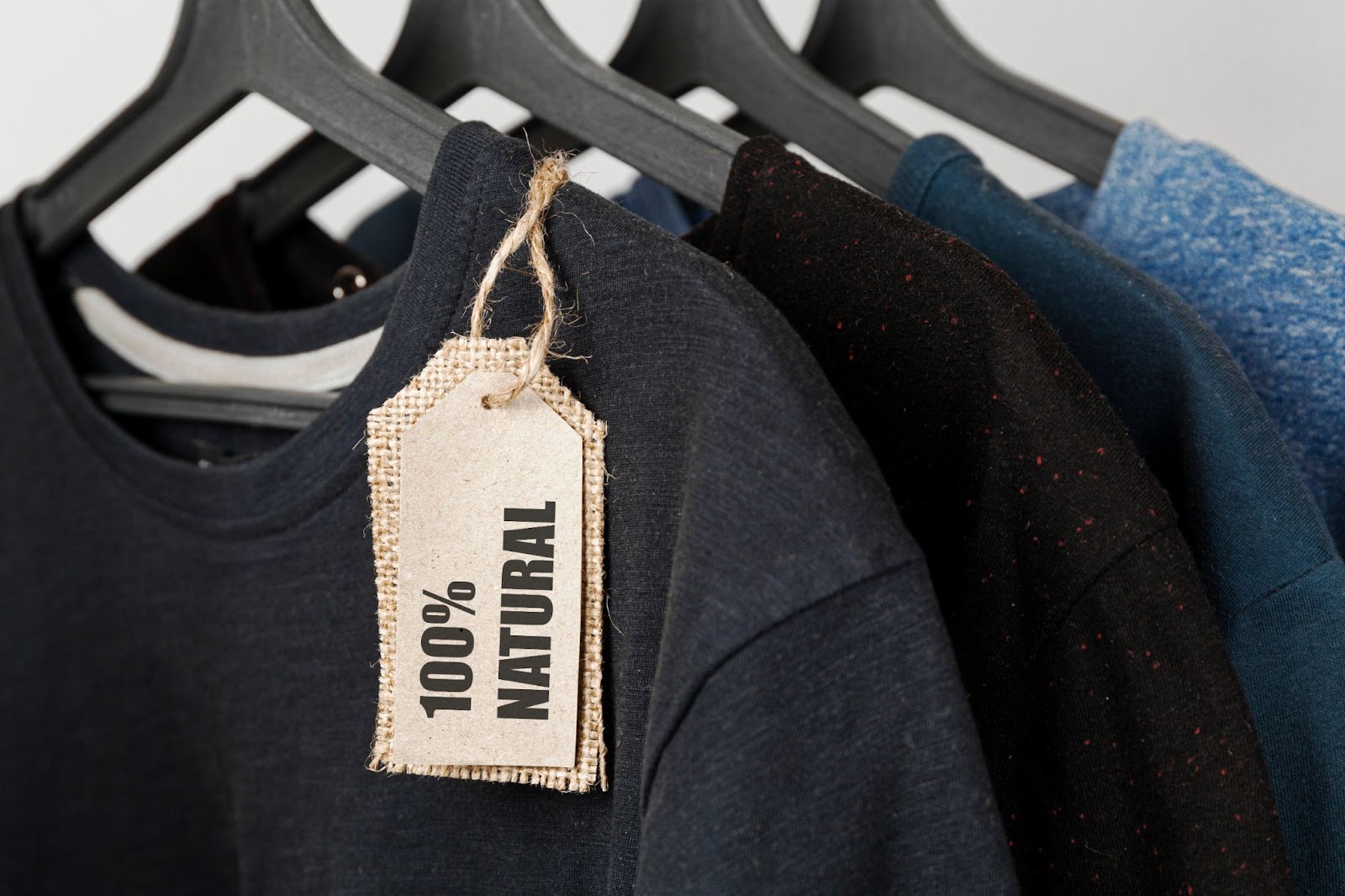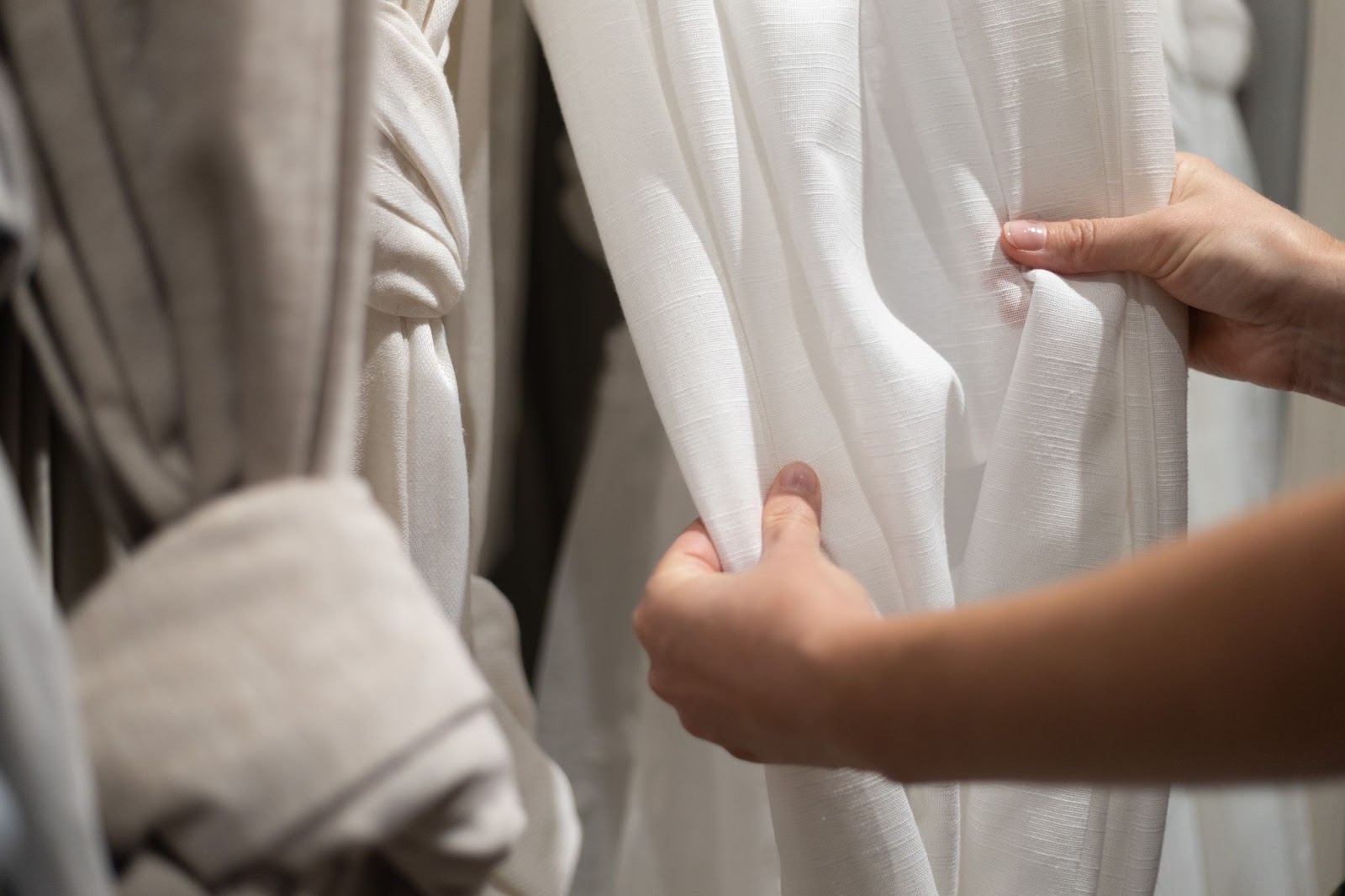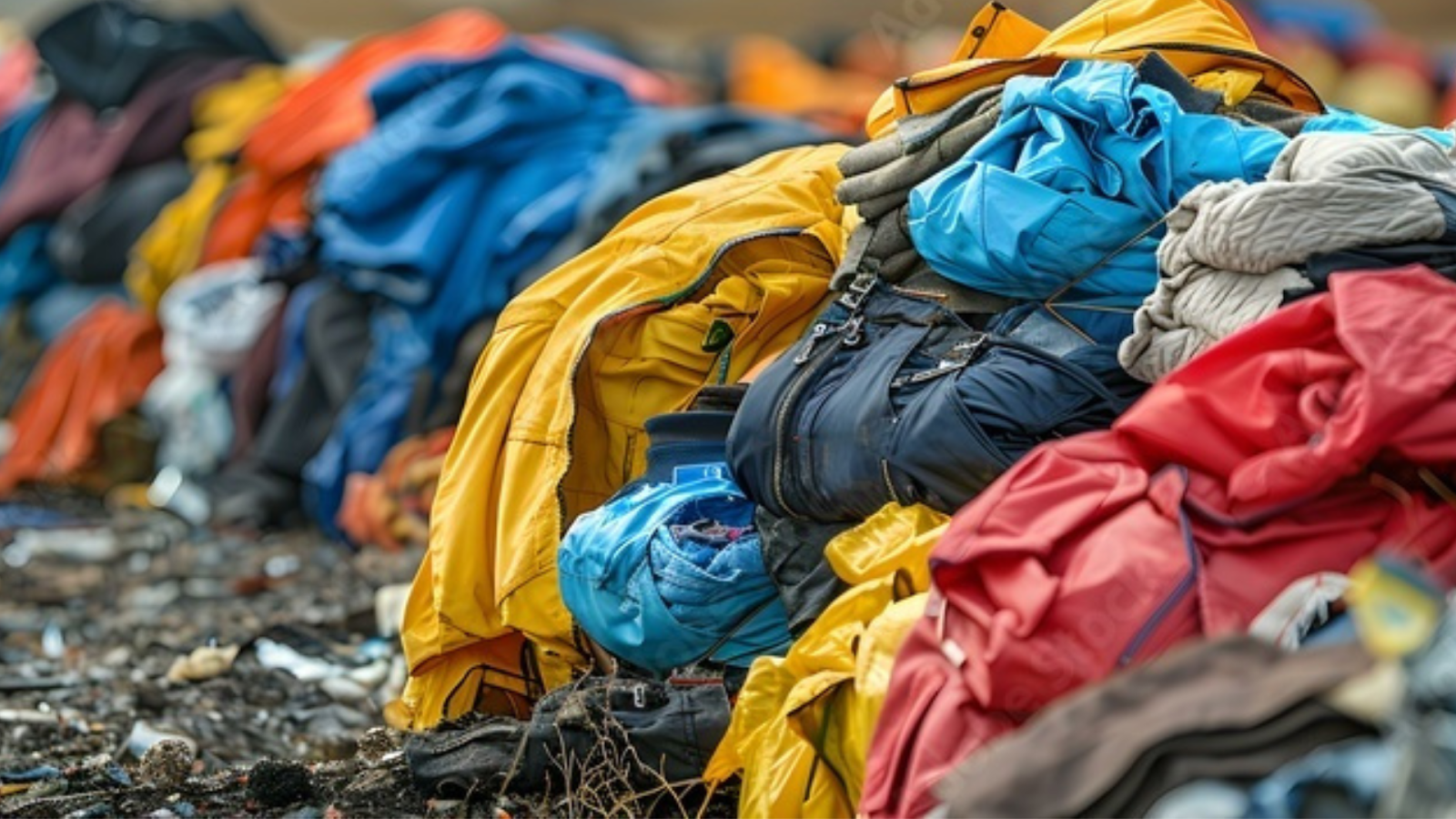The fashion industry is at a pivotal moment, with statistics indicating a pressing need for change. The industry's annual greenhouse gas emissions will surge to more than 50% by 2030 if the current trajectory continues. This alarming projection has spurred both consumer awareness and regulatory demands, ushering in an era of sustainable fashion, ethical sourcing, and eco-friendly materials. These initiatives represent a seismic shift in apparel production and consumption, with companies recognizing that responsible procurement can mitigate environmental damage, bolster brand reputation, and cater to eco-conscious consumers.
The Problem: Why Responsible Procurement Matters
Responsible procurement in the fashion industry is paramount due to its profound impact on environmental sustainability and social equity. Traditional practices in the industry contribute to severe issues such as resource depletion, excessive waste production, and human rights abuses. This introduction outlines the primary concerns associated with the conventional fashion industry model and underscores the necessity of adopting responsible procurement practices.
Environmental Impact of the Fashion Industry
The Significance of Water and Greenhouse Gas Emissions
The fashion industry is a major consumer of water and emitter of greenhouse gasses. The industry's environmental impact stems from its reliance on non-renewable resources and chemicals. For example, it takes about 2,700 liters of water to produce one cotton shirt, equivalent to the average person's drinking needs for 2.5 years. The textile dyeing process is the second-largest polluter of water globally, as per the United Nations Environment Programme.
Ethical Labor Practices in Fashion
The Importance of Protecting Workers' Rights
Ethical labor practices are essential in the fashion industry, which has faced criticism for poor labor conditions, especially in developing countries. The International Labour Organization reports that approximately 75 million people are employed in the textile, clothing, and footwear sectors, with many facing exploitation, low wages, and unsafe conditions. Ethical sourcing signifies a commitment to safeguarding these workers' rights.
The Solution: Practical Tips for Responsible Sourcing
Responsible sourcing in the fashion industry is critical for sustainability. Brands can implement practical steps on Inflow's platform to ensure ethical practices and eco-friendly supply chains.
Tip 1: Prioritize Sustainable Materials

Brands should actively seek eco-friendly options like organic cotton and recycled fabrics that minimize their environmental impact. Tracking material usage allows for informed decisions, ensuring the selection of the most sustainable options available.
>>Read More:
-
A Comprehensive Guide: Selecting the Perfect Fabric for Your Fashion Brand
-
Understanding the Value of Ethical Jeans: Why Should Brands Invest in Quality and Responsibility?
Tip 2: Partner with Certified Suppliers

Partnerships with Certified Suppliers are essential. Certifications like GOTS (Global Organic Textile Standard) or Fairtrade guarantee adherence to stringent ethical and environmental standards. Leveraging industry networks facilitates connections with these certified suppliers, streamlining responsible procurement.
>>Read More:
Tip 3: Transparency Throughout the Supply Chain
Transparency Throughout the Supply Chain is paramount. Brands need visibility into every stage of production, from the origin of raw materials to the finished product. Tools can be used to track practices throughout the supply chain and ensure they meet ethical standards.
>> Read More:
Tip 4: Reduce Waste and Minimize Overproduction

Reducing Waste and Overproduction requires proactive strategies. Implementing on-demand fashion models minimizes waste and overproduction. Efficient inventory management systems further contribute by enabling brands to produce only what's needed.
>> Read More:
Tip 5: Continuously Improve and Set Sustainability Goals
Continuous Improvement and Setting Sustainability Goals are key drivers. Brands should set goals to track and strive for progress in areas like reducing their carbon footprint or increasing the use of low-impact dyes. Establishing clear objectives and monitoring progress are essential for long-term sustainability impact.
Conclusion
Responsible procurement and ethical sourcing are critical strides toward reducing the environmental footprint of clothing. By choosing eco-friendly materials and recycled fabrics, the fashion industry can significantly curtail its impact on the planet. Organic cotton, low-impact dyes, and GOTS certification integrate sustainability into the lifecycle of apparel products.
The use of Fairtrade certification and supply chain transparency ensures ethical labor practices and social responsibility. It is imperative for brands to recognize the positive outcomes of these actions, including enhanced brand image and customer loyalty, which align with the growing consumer demand for sustainable business practices.
Inflow's commitment to empowering brands paves the way for meaningful change by offering guidance and support in adopting sustainable practices from sourcing to production.
It is time for the fashion industry to transition toward on-demand fashion, reducing waste and overproduction. Brands can make a tangible difference by adopting sustainable business practices. The call to action is clear: for a better future, the journey towards sustainability must be embraced now.
